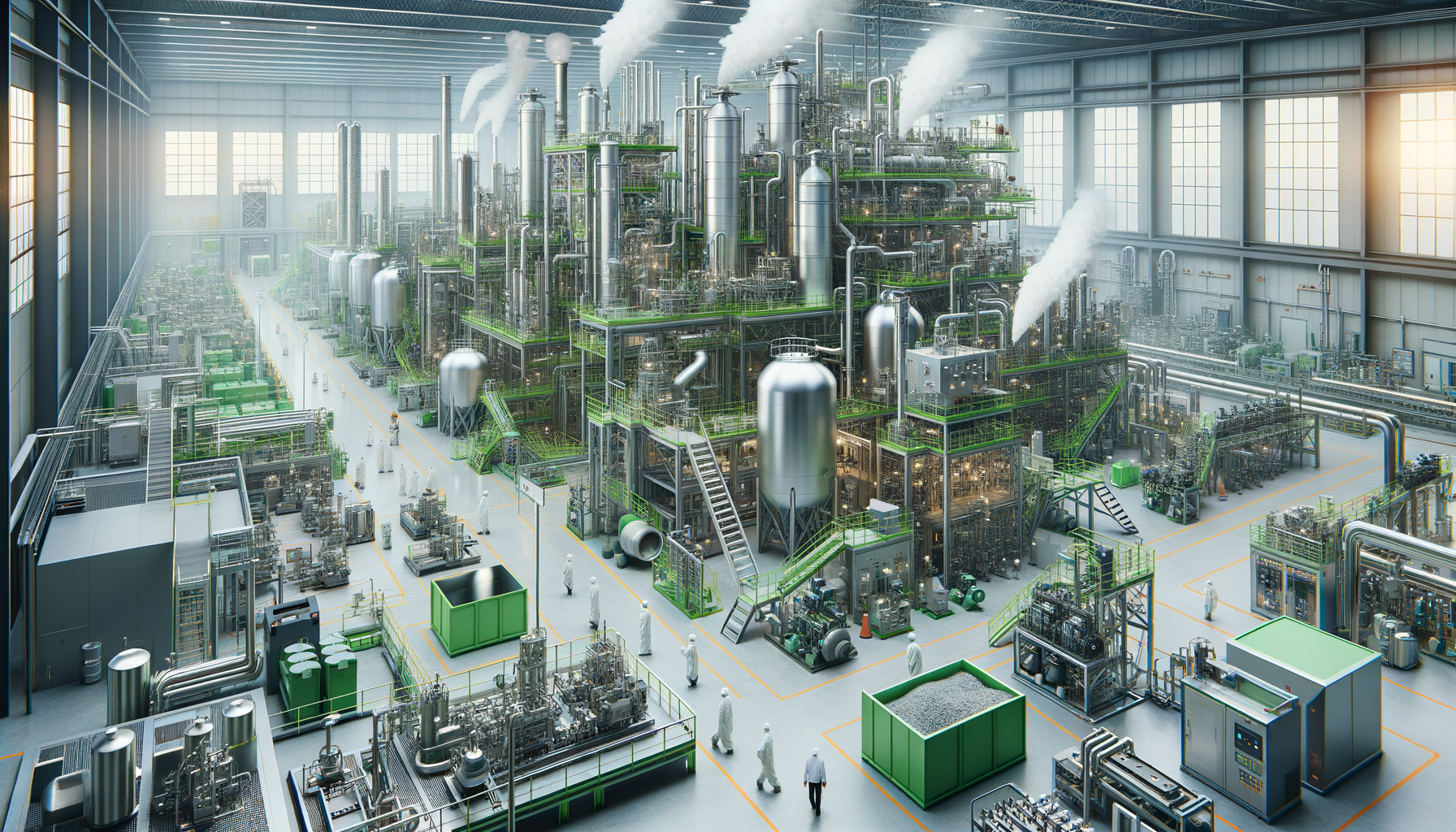Carbon Capture Equipment: Manufacturers Driving Emission Reduction
With rising concerns over emissions, carbon capture technology is gaining momentum, and top manufacturers are leading the way in providing scalable solutions.

Introduction to Carbon Capture
As the world grapples with the adverse effects of climate change, carbon capture technology has emerged as a vital tool in the fight against greenhouse gas emissions. Carbon capture involves the process of trapping carbon dioxide (CO2) emissions from sources like power plants and storing it underground to prevent it from entering the atmosphere. This technology is gaining momentum as it offers a pragmatic approach to reducing emissions while allowing continued use of fossil fuels during the transition to renewable energy sources. The role of manufacturers in developing carbon capture equipment is crucial, as they drive innovation and scalability in the industry.
The Role of Carbon Capture Equipment Manufacturers
Manufacturers of carbon capture equipment play a pivotal role in the advancement of this technology. They are responsible for designing, producing, and refining the equipment necessary to capture and store CO2 effectively. These manufacturers are not only focused on improving the efficiency of capture processes but also on reducing the costs associated with deployment. Their efforts are crucial in making carbon capture a viable option for industries worldwide. By investing in research and development, these companies are creating scalable solutions that can be implemented across various sectors, from power generation to cement production.
Key contributions of carbon capture equipment manufacturers include:
- Developing advanced materials and technologies for CO2 absorption and storage.
- Innovating processes to enhance capture efficiency and reduce energy consumption.
- Collaborating with governments and organizations to create supportive regulatory frameworks.
Technological Innovations in Carbon Capture
Technological advancements in carbon capture are crucial for enhancing the efficiency and effectiveness of CO2 reduction efforts. Manufacturers are at the forefront of these innovations, developing new materials and methods to improve capture rates and storage capacities. For instance, the use of advanced solvents and membranes has shown promise in increasing the amount of CO2 that can be captured from emissions sources.
Some notable technological innovations include:
- Membrane technology that selectively filters CO2 from other gases in emissions streams.
- Solid sorbents that can capture CO2 at lower temperatures, reducing energy requirements.
- Bioenergy with carbon capture and storage (BECCS) systems that integrate biomass energy production with carbon capture.
These innovations not only improve the efficiency of carbon capture processes but also contribute to reducing the overall cost, making the technology more accessible and attractive to industries worldwide.
Challenges and Opportunities in Carbon Capture
Despite the promising advancements in carbon capture technology, several challenges remain. One of the primary obstacles is the high cost associated with capturing and storing CO2, which can deter widespread adoption. Additionally, the infrastructure required for transporting and storing captured carbon is still underdeveloped in many regions.
However, these challenges also present opportunities for growth and innovation. Manufacturers are exploring ways to lower costs through economies of scale and technological improvements. Moreover, the development of carbon capture and utilization (CCU) technologies, which convert captured CO2 into valuable products, offers a pathway to generate revenue and offset costs.
Opportunities for carbon capture include:
- Expanding the use of carbon capture in industrial processes beyond power generation.
- Integrating carbon capture with renewable energy sources to create carbon-negative solutions.
- Developing international collaborations to share knowledge and resources.
Conclusion: The Future of Carbon Capture
The future of carbon capture technology is bright, with manufacturers leading the charge in developing scalable and cost-effective solutions. As global emissions continue to rise, the need for effective carbon capture systems becomes increasingly urgent. By addressing current challenges and leveraging opportunities for innovation, manufacturers can play a significant role in reducing the carbon footprint of industries worldwide.
With ongoing support from governments and the private sector, carbon capture technology can become a cornerstone of global efforts to combat climate change, paving the way for a more sustainable future.